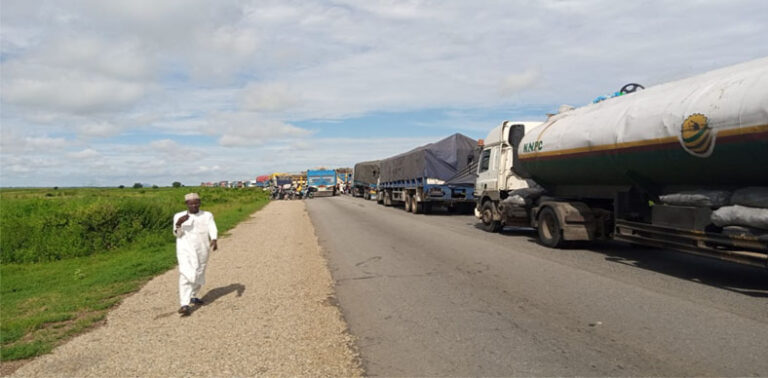Some 23 million children missed basic vaccines through routine immunization in 2020, 3.7 million more than in 2019, leaving the highest number of unprotected children since 2009, the World Health Organization (WHO) and UNICEF said Thursday.
The worldwide childhood immunization figures, the first official figures to reflect global disruptions due to COVID-19, show that most countries last year experienced drops in childhood vaccination rates, said the WHO and the UN Children’s Agency.
“Even as countries clamor to get their hands on COVID-19 vaccines, we have gone backward on other vaccinations, leaving children at risk from devastating but preventable diseases like measles, polio or meningitis,” said WHO Director-General Tedros Ghebreyesus.
“Multiple disease outbreaks would be catastrophic for communities and health systems already battling COVID-19, making it more urgent than ever to invest in childhood vaccination and ensure every child is reached.”
Concerningly, most of these — up to 17 million children — likely did not receive a single vaccine during the year, widening already immense inequities in vaccine access, said the WHO.
Most of these children live in communities affected by conflict, in under-served remote places, or in informal or slum settings where they face multiple deprivations including limited access to basic health and key social services.
“The COVID-19 pandemic has led to major backsliding on childhood vaccination, taking us back more than a decade,” the WHO’s director of immunization and vaccines Dr. Kate O’Brien, told journalists at a news conference in Geneva.
She said that even before the pandemic, there were signs of backsliding in the fight to immunize children against preventable child illnesses, including the widespread measles outbreaks two years ago.
Decreased vaccine doses in all regions
In all regions, rising numbers of children missed vital first vaccine doses in 2020, and millions more will miss later vaccines.
The WHO said disruptions in immunization services were widespread in 2020, with the WHO Southeast Asian and Eastern Mediterranean regions most affected.
As access to health and immunization services were curtailed, the number of children not receiving even their very first vaccinations increased in all regions.
Compared with 2019, 3.5 million more children missed their first dose of the diphtheria, tetanus and pertussis vaccine (DTP-1), while 3 million more children missed their first measles dose, said the WHO.
Fueled by funding shortfalls, vaccine misinformation, instability and other factors, a troubling picture is also emerging in the WHO’s Region of the Americas, where vaccination coverage continues to fall.
Just 82% of children are fully vaccinated with DTP, down from 91% in 2016.
Even prior to the COVID-19 pandemic, global childhood vaccination rates against diphtheria, tetanus, pertussis, measles and polio had stalled for several years at around 86%.
This rate is well below the 95% recommended by the WHO to protect against measles — often the first disease to resurge when children are not reached with vaccines — and insufficient to stop other vaccine-preventable diseases.
“This evidence should be a clear warning — the COVID-19 pandemic and related disruptions cost us valuable ground we cannot afford to lose,” said UNICEF Executive Director Henrietta Fore.
“The pandemic has made a bad situation worse. We must remember that vaccine distribution has always been inequitable, but it does not have to be.” (Courtesy, Anadolu Agency, text only)








595407 244743I like this weblog its a master piece! Glad I discovered this on google. 405747